5 Tips to Reduce Food Waste at Home
Ready to reduce waste in your kitchen? Check out these 5 tips to reduce food waste before it goes into your trash or compost bin.
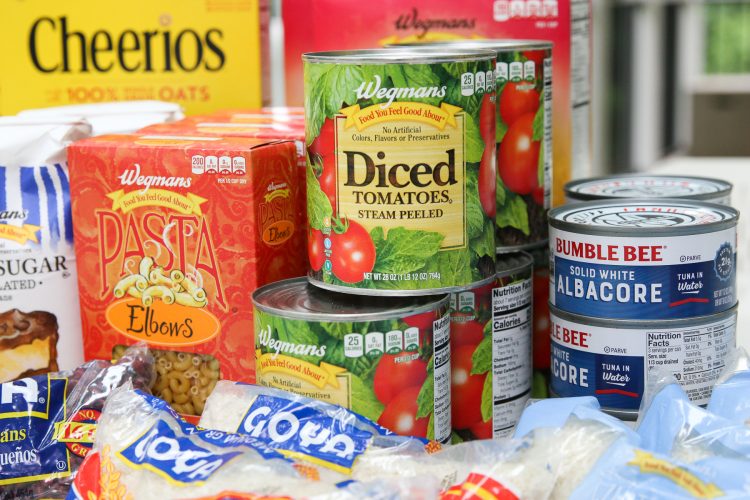
This post is part of our Beginner’s Guide to Going Waste Free in 2023.
Are you curious about reducing your waste and living more sustainably but aren’t sure where to start? You’re in the right spot. In a world buried in overconsumption, reducing our waste is one of the best places to explore more eco-friendly living. We’re so glad you’re here and hope you stick around for our Waste Free in 2023 challenge.
Whether your goals are big or small, we all start at the beginning. Maybe you’ve set yourself the lofty goal of creating only a mason jar’s worth of rubbish in 2023. Or maybe you’re just tired of lugging a heavy trash barrel to the curb once a week and want to start somewhere.
Either way, thank you! We need everyone doing a little bit, and the fact that you’re here and ready to take action is awesome.
This guide is aimed to be a ‘Beginner’s Guide to Reducing Waste’ with small, actionable steps to create sustainable living momentum in every room in your home. Once a month, we focus on an area or event in everyday life and provide related tips to reduce waste. We’ll cover everything from each room in your house and garden, to travel and celebratory events.
Although we call it the Waste Free in 2023 challenge (the rhyming name was catchy), we don’t expect with our current infrastructure and systems that it is possible to create no waste at all. “Zero Waste” can be seen as unattainable or overwhelming perfection.
If you can fit all your trash in a mason jar, fantastic. For most of us though, that’s not realistic. So be kind to yourself. Set realistic goals that are sustainable for you and your family. Start reducing your waste in the ways that feel most accessible to you. And come along with us on the journey to incorporating more low-waste habits into your everyday life!
5 Tips to Reduce Food Waste at Home
We’re back at reducing waste in the kitchen with a focus on food waste and building on the tips for reducing food packaging waste in your home. Did you know that globally the human population wastes 1.3 billion tonnes of food every year?
In the UK this figure stands at 6.6 million tonnes and three-quarters of this food could have been eaten. In the US, this figure rises to 40 million tonnes. There are 35 million food-insecure people in the US (10 million of this number are children going hungry). Our food system is badly broken, with so many people going hungry, while mountains of perfectly good food are wasted.
Food waste occurs all along the food supply chain, so we can’t snap our fingers and fix the challenges throughout the whole system. But I firmly believe in controlling the controllable, so let’s look at some simple ways to reduce the amount of food we waste.
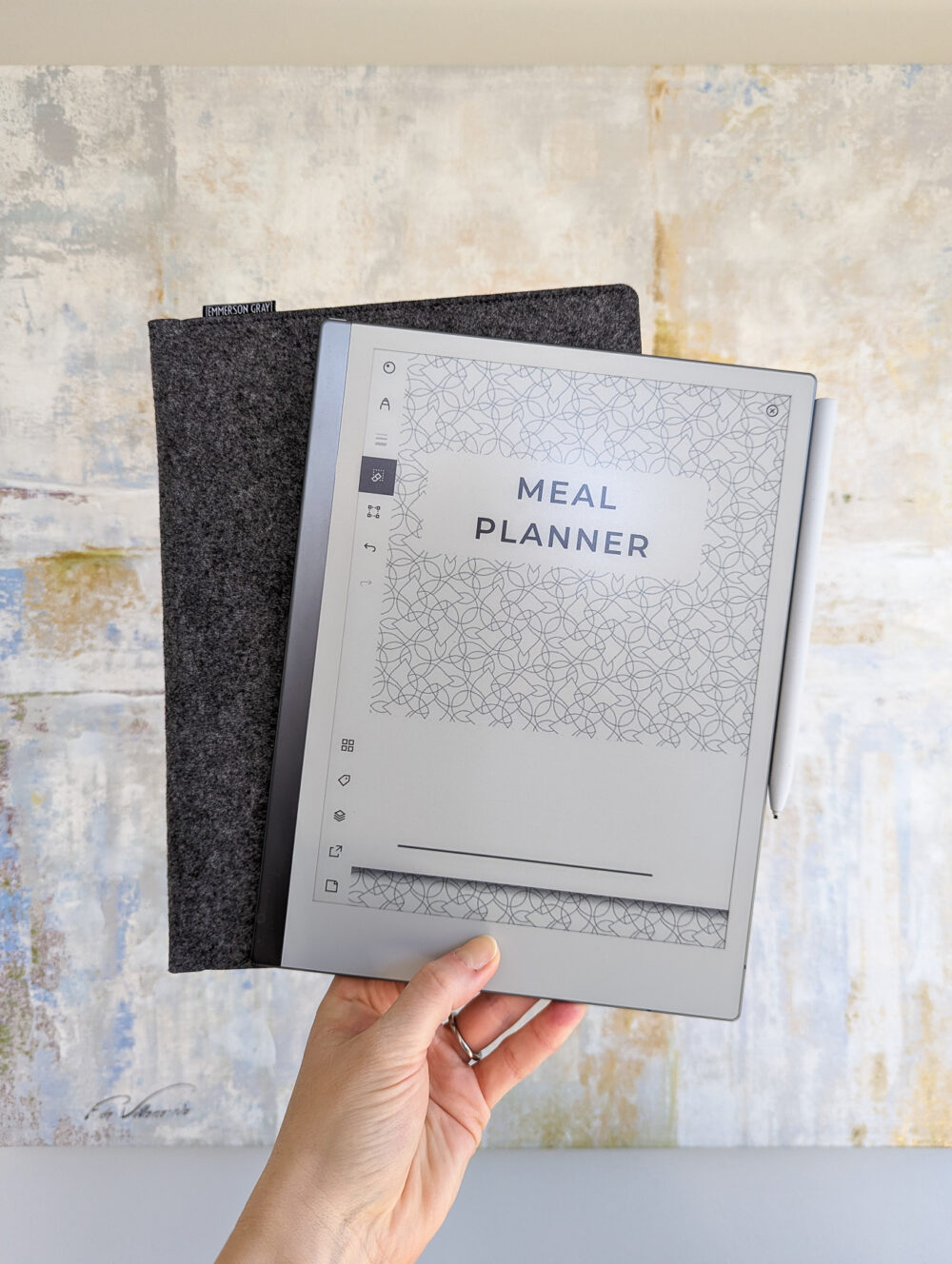
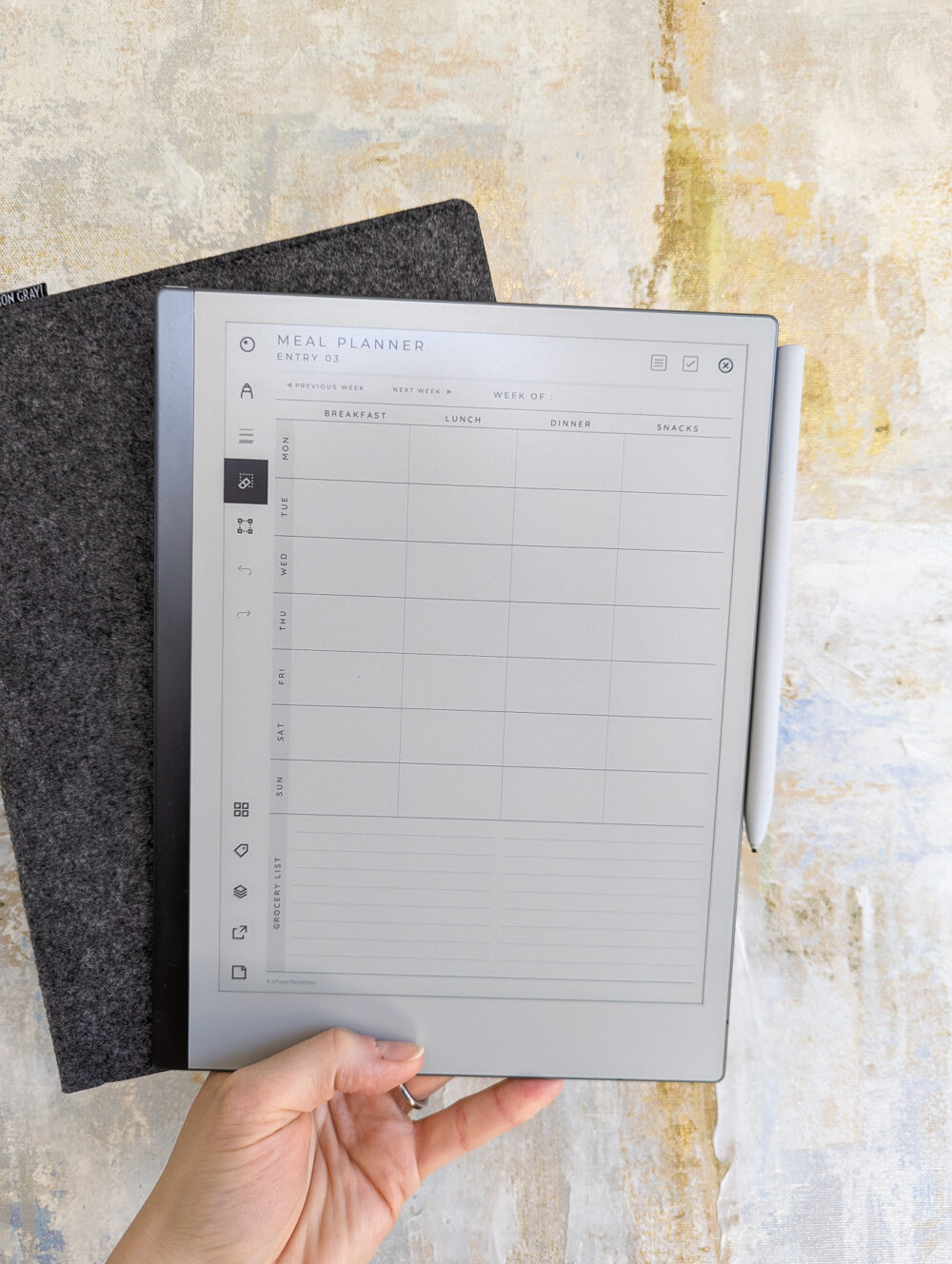
Meal plan and shop with a list (and don’t shop hungry!).
Have you ever been shopping and spent a small fortune only to get home and have nothing for dinner? Planning can be boring but it is so important and makes a massive difference when reducing food waste and saving money.
While meal planning and creating a grocery list are separate tasks, they go hand in hand. Every time I shop from a planned list (largely based on a meal plan), my shop comes in within budget. Every time I wing it, it goes over and I need to go shopping again the next day because I inevitably forgot or missed something.
I use the Whisk app which allows me to save my favourite recipes and add them to a meal planner so I can make sure we don’t have pasta every evening. I can also add the ingredients easily to my shopping list in the app and edit that list if I need some extras. If you like a challenge or want to join a campaign, check out Love Food Hate Waste for some tips and challenges to get involved in.
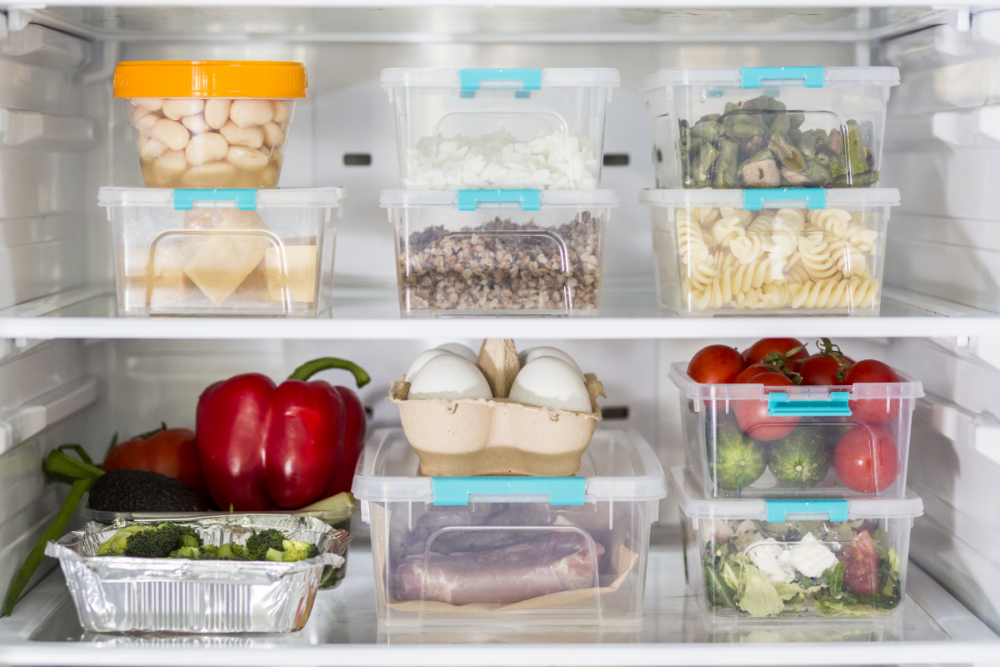
Store food to elongate shelf life
Storing food properly goes a long way towards making food last and getting the most out of its life. Unfortunately, there is a lot of confusion about how to store, how long things last, and what all those confusing dates on packaging actually mean.
To get you started, all fruit except bananas can go in the fridge. Store cut herbs in a glass or jar of water. Store lemons and limes in a bowl of water. Freeze bread and check out how to revive stale bread here. Freeze strawberries and blueberries (or any fruit really) for smoothies. Add a piece of kitchen towel to your box of salad to absorb the water and avoid the lettuce slime that can appear after a couple of days. There are so many tips for storing things to extend their shelf life.
Nancy Birtwhistle, the Great British Bake Off 2014 winner, has a great Instagram account sharing tips for storing and cooking with less food waste. You can also check out Next Level Chef Ian Golding for amazing nose-to-tail home cooking on a budget. Pop your favourite ones in the comments below. We’d love to hear them!
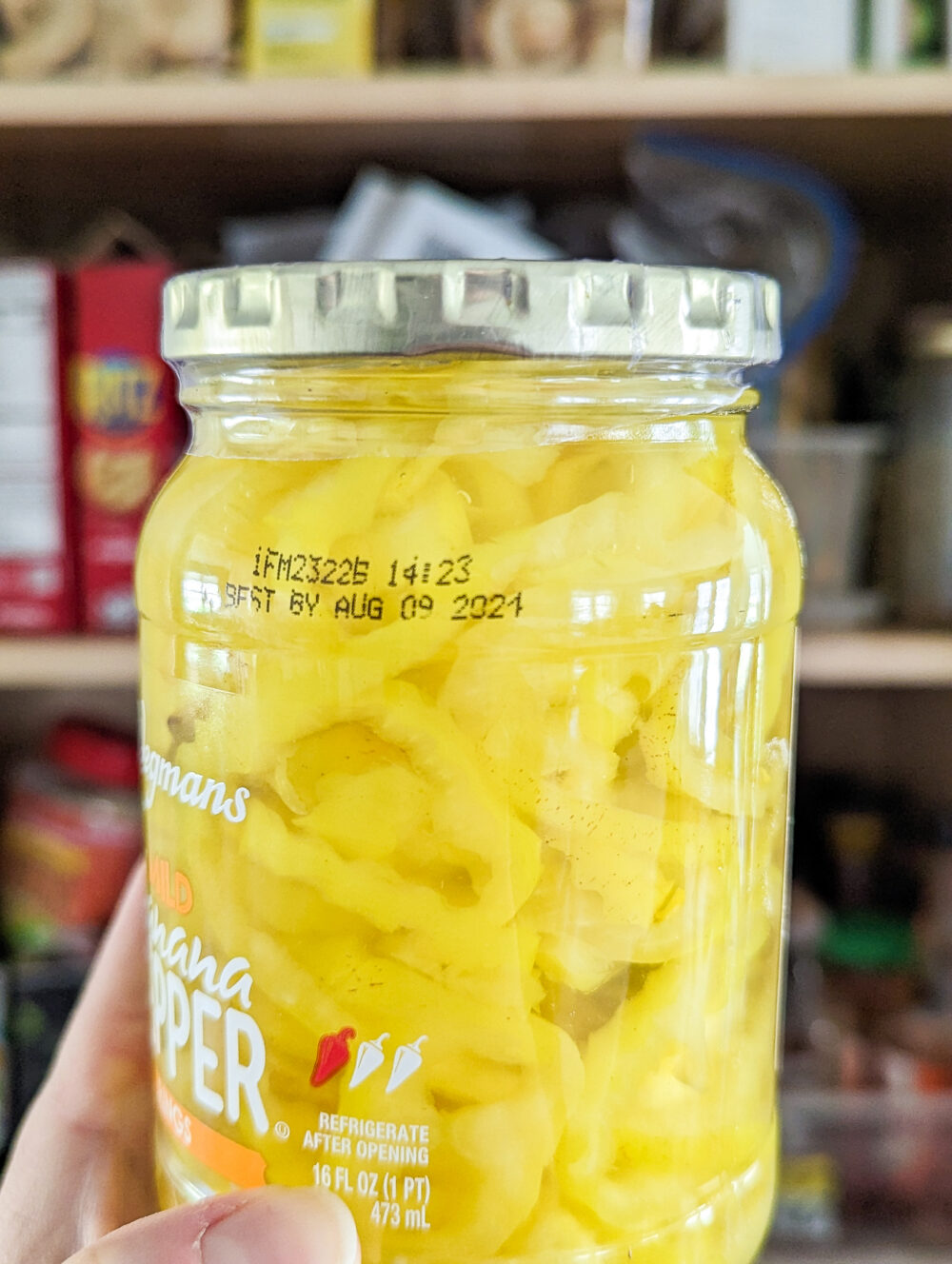
Understand expiration dates
According to research “More than 80% of Americans discard perfectly good food because they misunderstand expiration labels.” The system is just as confusing here in the UK, and all over the world different countries (and different shops within those countries) have different labelling systems that can lead to unnecessary food waste.
Best before? Use by? No date whatsoever! So what is best? I suggest simply using your eyes and nose. If something got stuck at the back of your fridge (we’ve all been there), give it a squish or a sniff. If it’s a weird colour, has a funky smell, or is beyond soggy, then it could be time for it to hit the compost bin (or food scrap pot in your freezer if it’s veg scraps). If it looks and smells “normal” then chances are you’ll be fine. Veg on the turn can always be made into a soup or lasagne, and you’ll never notice the difference.
For other things like eggs, I use the glass of water test. Pop an egg in a large glass of water. If it sinks flat, it is fine to eat. If it floats, it has gone bad. If it sinks and rests on its point rather than flat, then it’s ok to eat it’s just not as fresh.
I’ve used eggs at least a week, if not two, beyond their best-before date using this technique. Honestly, we don’t eat a lot of meat these days, so I did a quick Google for tips. WikiHow has a few tips. Ground meat can last 1-2 days beyond its sell-by date in the fridge. Cut meats, steaks, and roasts can last 3-5 days. Check out some of the other Google tips on meat freshness here.
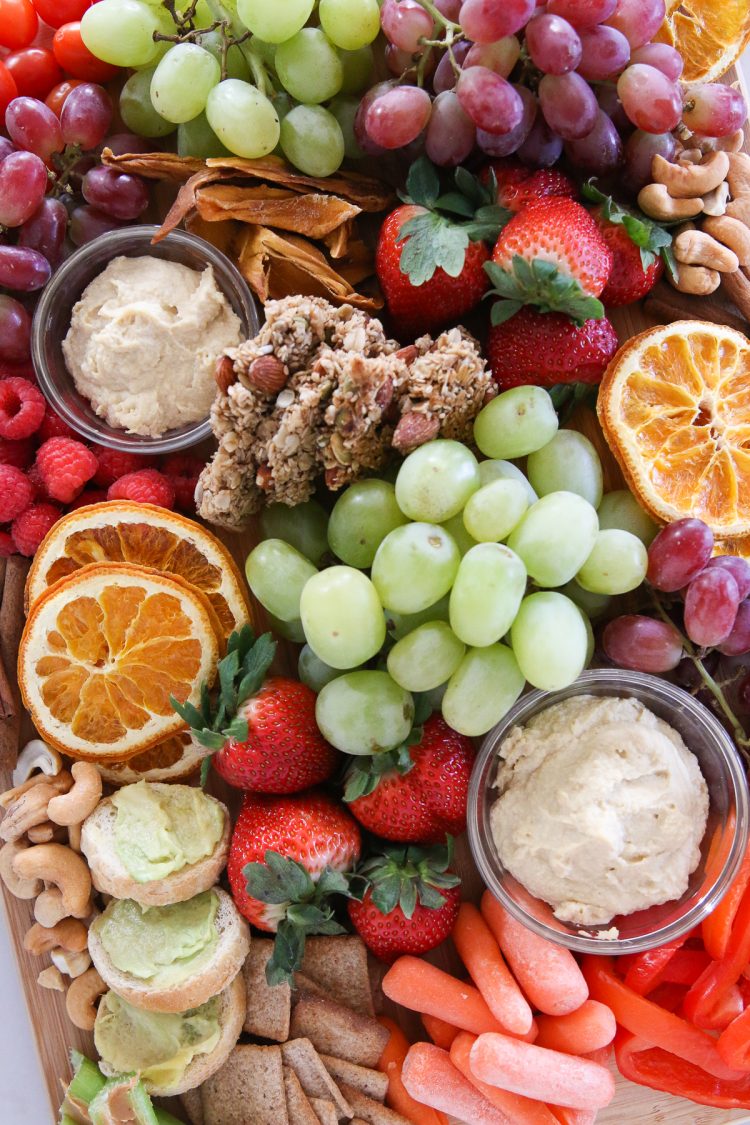
Try a “charcuterie” snack board
On days when I open the fridge to find it stock full of miscellaneous odds and ends, it’s time for a leftover charcuterie board. While my kids might scoff at a plate of leftovers, they rave about a fancy snack board where they can pick and choose what bits will make up their dinner for the night. It’s amazing what a little presentation can do.
Befriend a “garbage disposal”
Alright, I’m mostly kidding on this one, but it doesn’t hurt to have a friend, partner, child, parent, roommate, or otherwise who excels at eating leftovers (i.e. being the “garbage disposal”). Some people are just so creative and diligent about using up the odds and ends in the fridge and pantry. Having someone like this around can definitely help reduce food waste.
What else can you offer up? Any other ways that you reduce food waste in your house?
Some useful and shocking food waste stats can be found here if you want to delve into this in more detail: Food Waste in America in 2023: Statistics & Facts | RTS
About The Author

Sarah Burgess
Sarah Burgess is co-founder of the social movement Just1bag2020, mother of two, and British Expat who spent four years living in the United States and recently moved back to the United Kingdom. Sarah spends her time promoting local sustainable change through small, easy-to-do actions that everyone can do to help out the planet. When not picking up trash and persuading others to do the same, Sarah and her family can be found travelling the world and experiencing everything this precious Earth has to offer.

Jen Panaro
Jen Panaro, founder and editor-in-chief of Honestly Modern, is a self-proclaimed composting nerd and advocate for sustainable living for modern families. To find her latest work, subscribe to her newsletter, Stepping Stones.
In her spare time, she’s a serial library book borrower, a messy gardener, and a mom of two boys who spends a lot of time in hockey rinks and on baseball fields.
You can find more of her work at Raising Global Kidizens, an online space to help parents and caregivers raise the next generation of responsible global citizens.

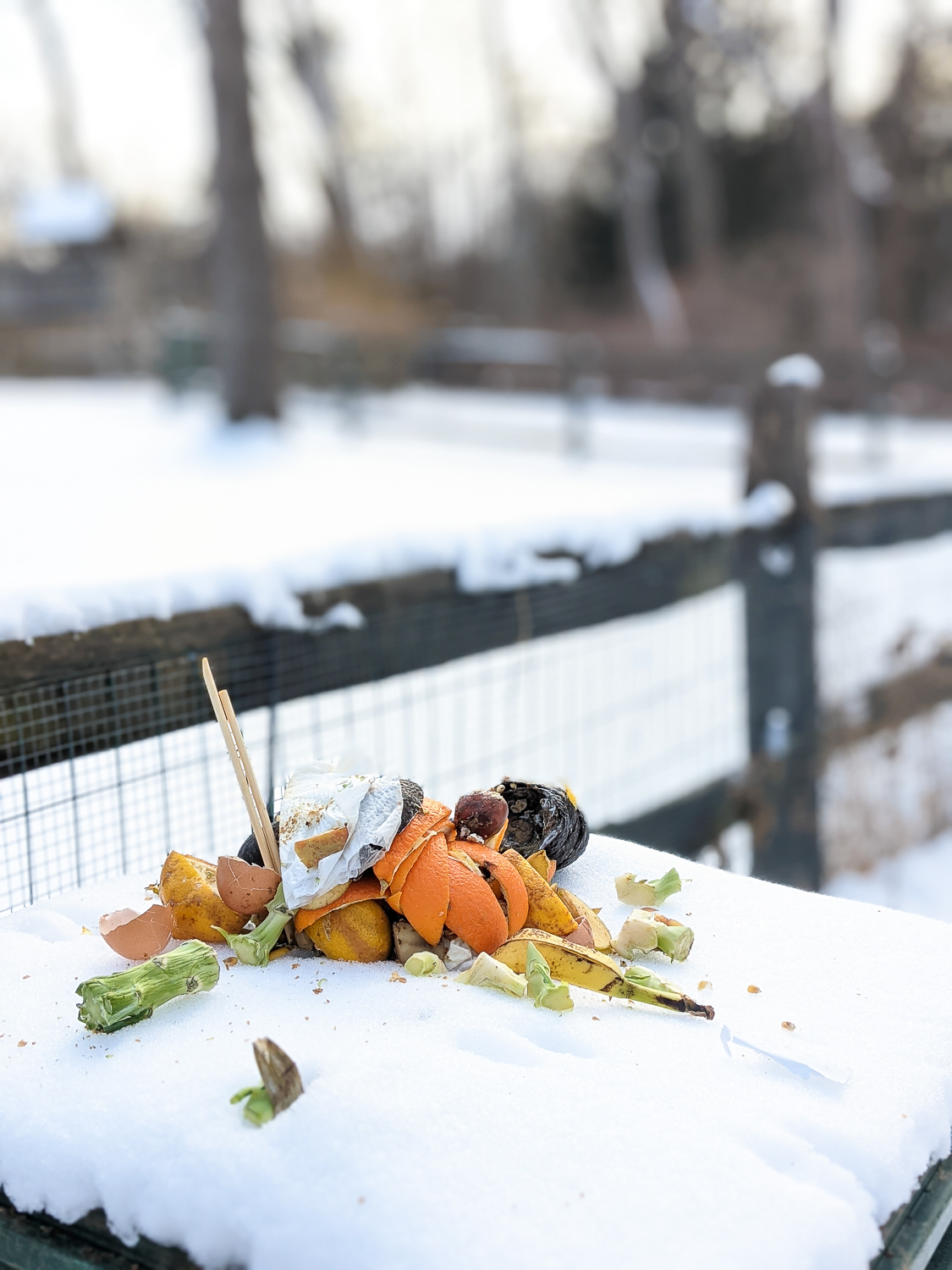
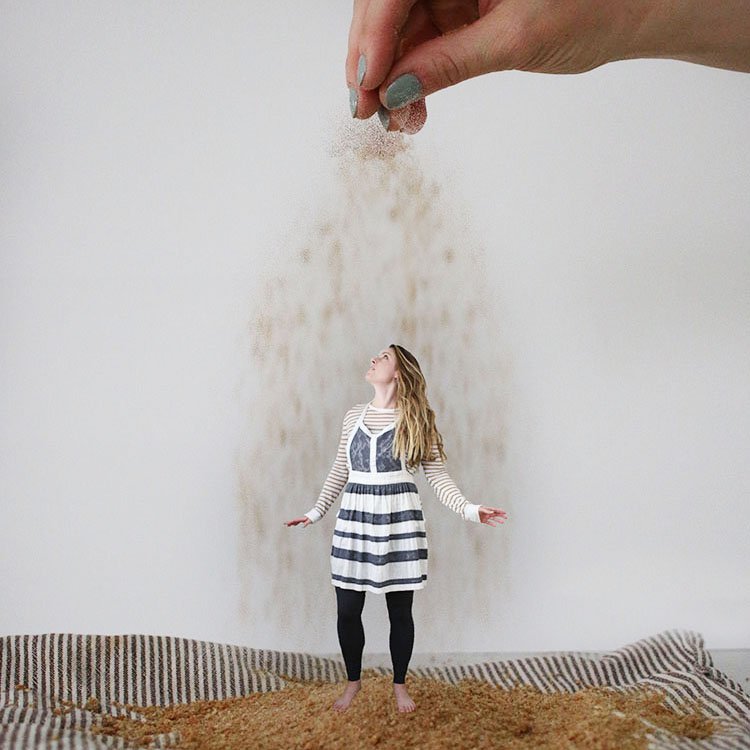
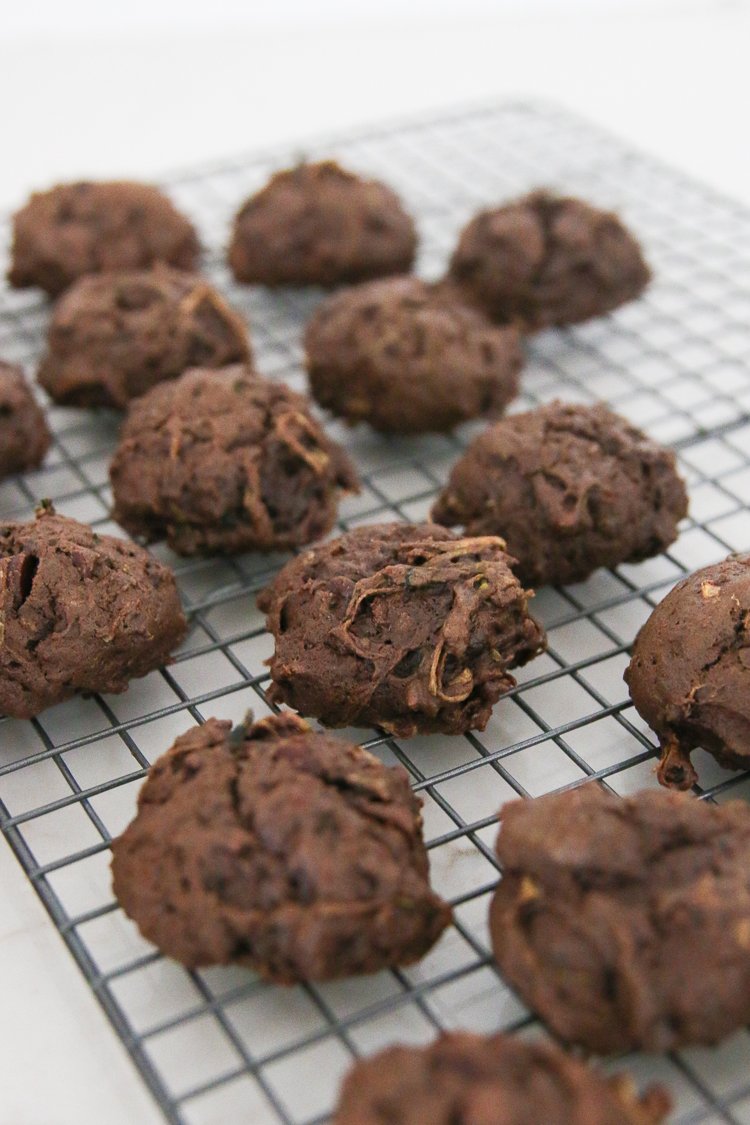
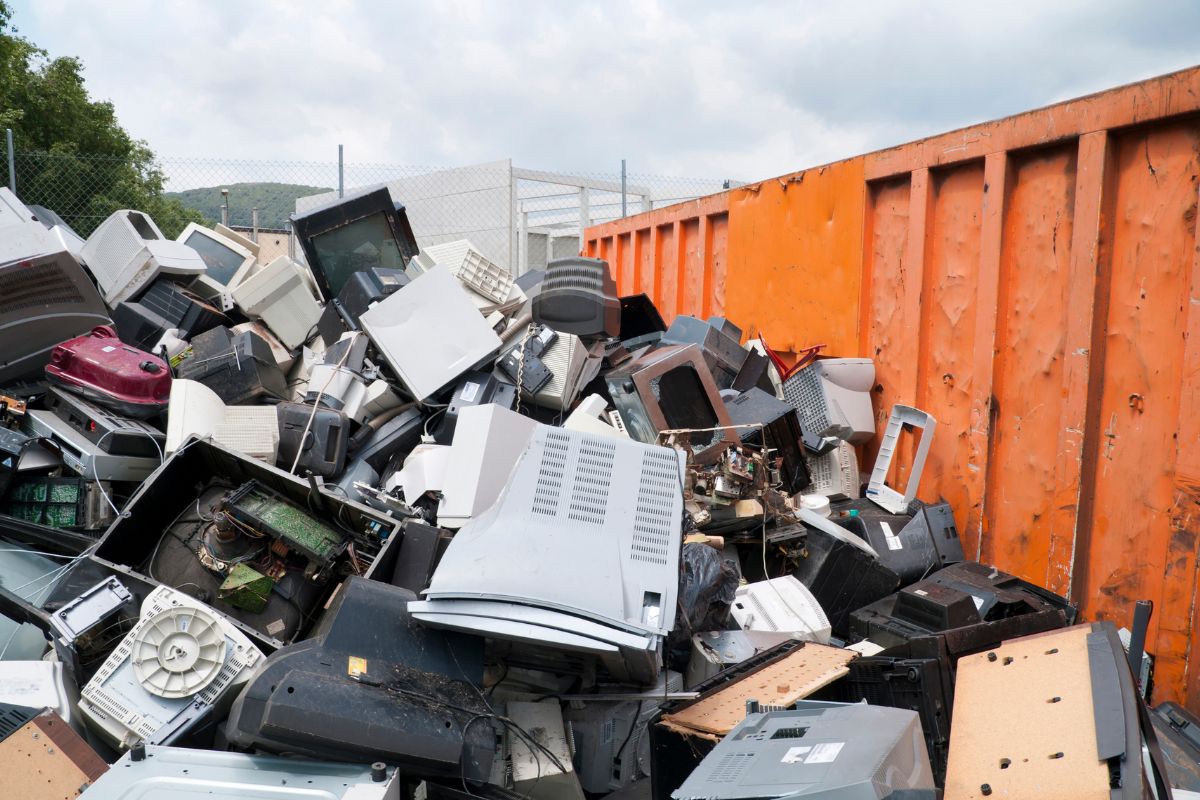
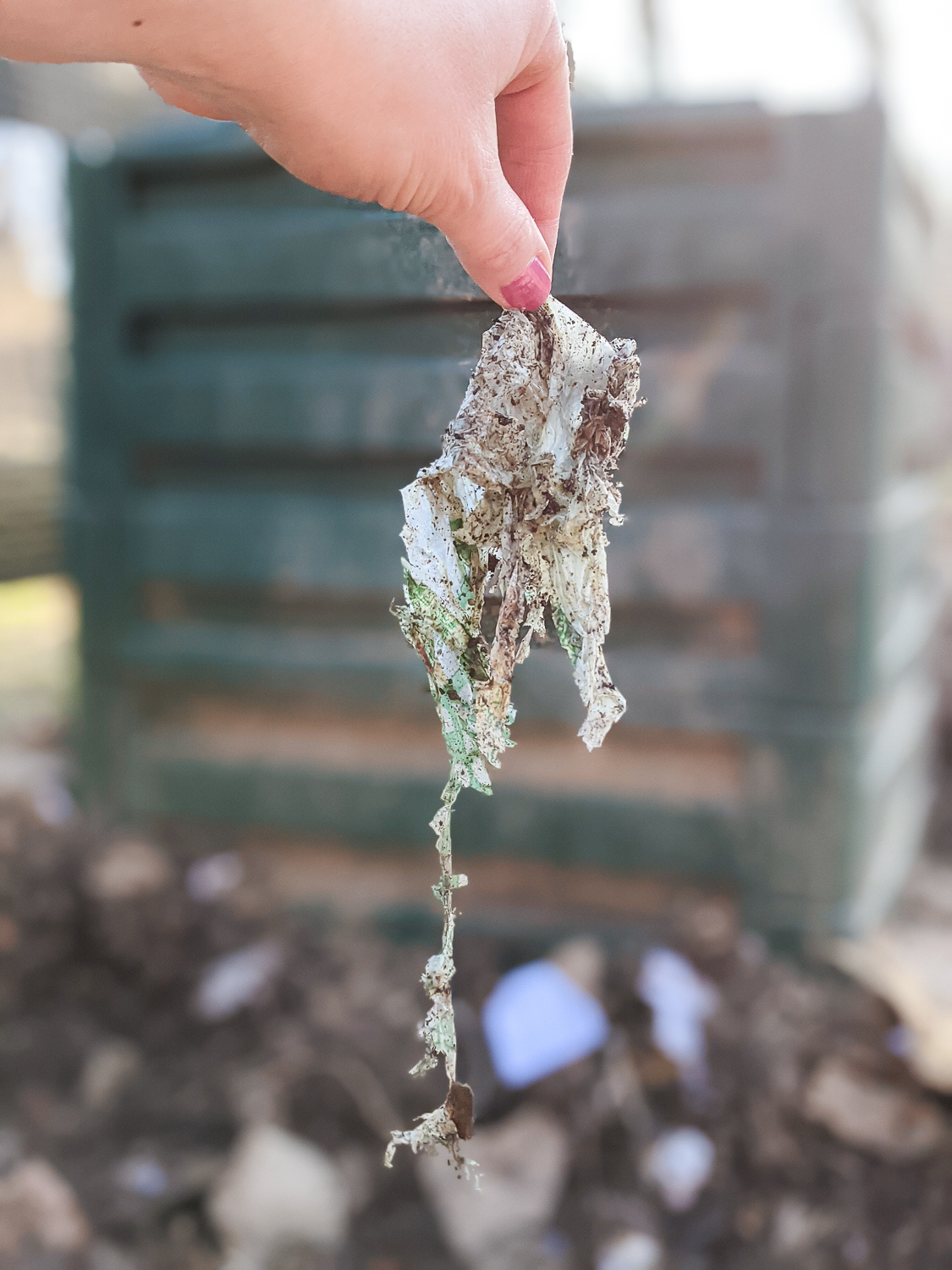
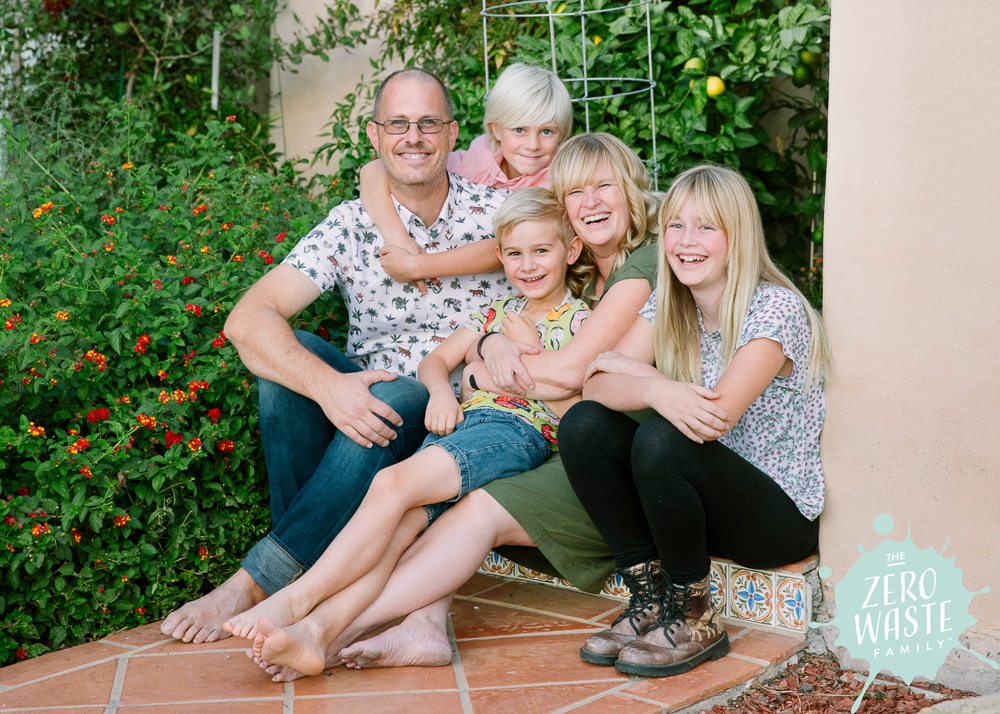

These are great ideas! Thanks. One thing I do is save my scrap fats and make soap. Tallow & lard make awesome soaps.
Cool! I haven’t tried that.